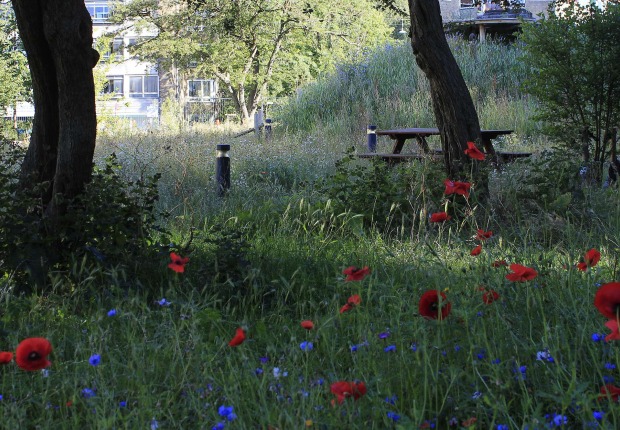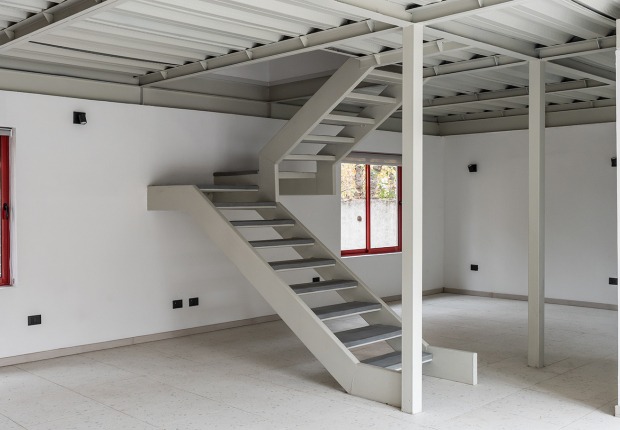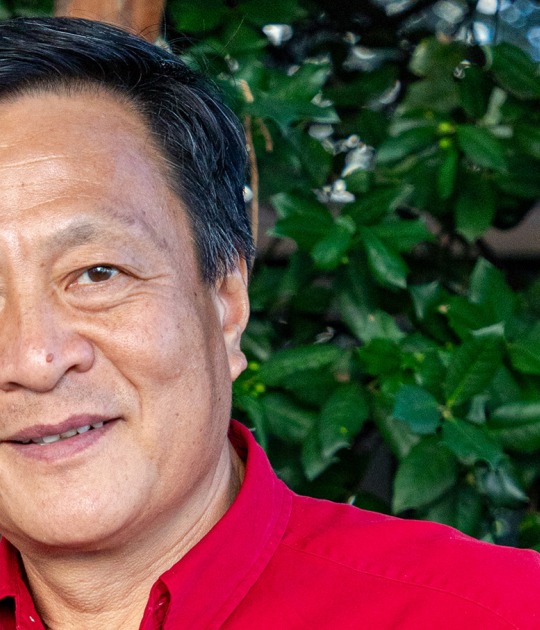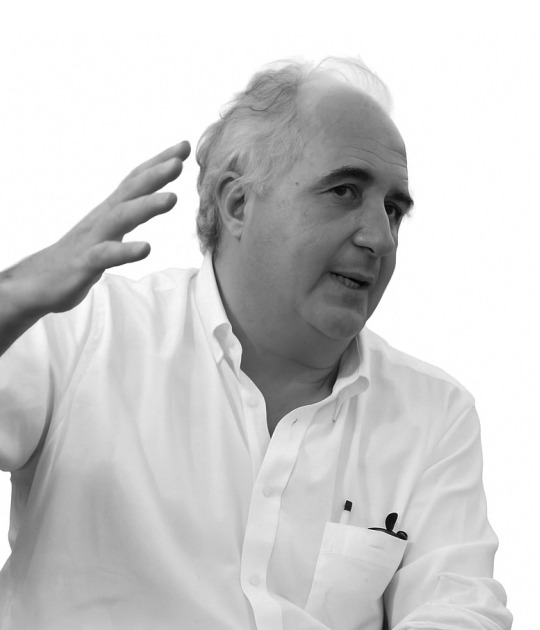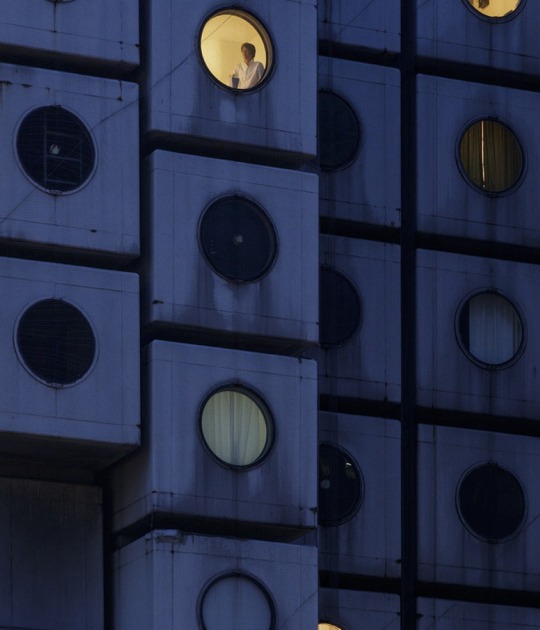The Berlin Senate organized in 1953 a building international exhibition known as “Interbau”. It was located in the devastated Hansa district, with the aim of settle the request of accommodation and housing in the postwar period. The buildings would be designed by international architects, as the Brazilian architect Oscar Niemeyer, the Danish Arne Jacobsen, the Finnish Alvar Aalto, the French Pierre Vago and the German Walter Gropius that were some of the participants, who resumed the building tradition of the twenties, which was interrupted by the National Socialism.
From a scale point of view of the Hansa district, the size of the Unité d'habitation was incompatible with it, so the Senate offered Le Corbusier other places of the city. Le Corbusier chose a residential area in the outskirts of Berlin, surrounded by a wood, near to the Olympic Stadium used in the Olympics of 1936.
The residential building is similar to a monolith, placed inside a wooded surroundings, has 530 apartments. With a length of 141.20 metres, a width of 22.96 metres and a height of 52.94 metres, east-west-facing, it has flats in the south façade as well.The 530 apartments are itemised in this manner:
173 one bedroom houses of 34 m².
267 two bedroom houses of 66 m².
85 three bedroom houses of 106 m².
4 four bedroom houses of 145 m².
1 five bedroom houses of 170 m².
All the flats, except the one bedroom ones, are distributed in two floors. The three and four bedroom houses extend from the east to the west side of the building. The apartments were built around ten inner streets (Rues Interieures) that had 130 metres long. The lifts connect these streets with the foyer, which is used as entrance lobby and meeting point for the residents.
The main programmatical differences between the Unité d'habitation of Marsella and Berlin are firstly in the number of houses that go from 337 and 23 building types in Marsella to 530 and only 5 types in Berlin. Secondly, in Marsella the 7th and 8th floors were taken up by trades (shops, restaurants, bars, laundries, hotels, barber’s shops …) while in Berlin a big shop was planned, built among the pillars of the ground floor for the benefit of the inhabitants. Thirdly, the difference in their roofs, that thanks to the social housing regulations of Berlin in this moment, did not allow the construction of the common facilities, as he made in Marsella.
Thanks to the efficacy of the rational development of the building plan and the employment of pieces with concrete finishes, which were produced in a local masonry, the building could be completed in only 18 months; although in the planning and construction phases, some changes in the original Le Corbusier’s project were made, as a request of the costumer.
In 1979 the rented apartment were turned into flats occupied by their owners. Since this moment, the owners’ association has strived to protect the Le Corbusier’s legacy and some necessary restorations were achieved. The residents’ association is the owner of the building designed by Le Corbusier.
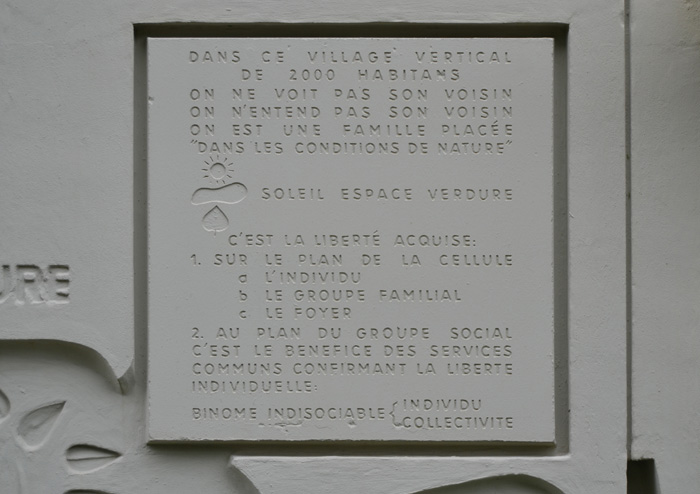
Text on wall of the Unité d'Habitation of Le Corbusier in Berlin, Germany. Photography by Branly Perez.
In this vertical city
2.000 inhabitants
The neighbour is not listened
The neighbour is not seen
“in the natural environment”
Sun and Green Space
This is the got freedom:
1. in the near plane
a- the individual
b- the family group
c- the home
2. With regard to the social group
the presence of the common facilities
confirms the individual freedom:
Inseparable binomial individual-community




































